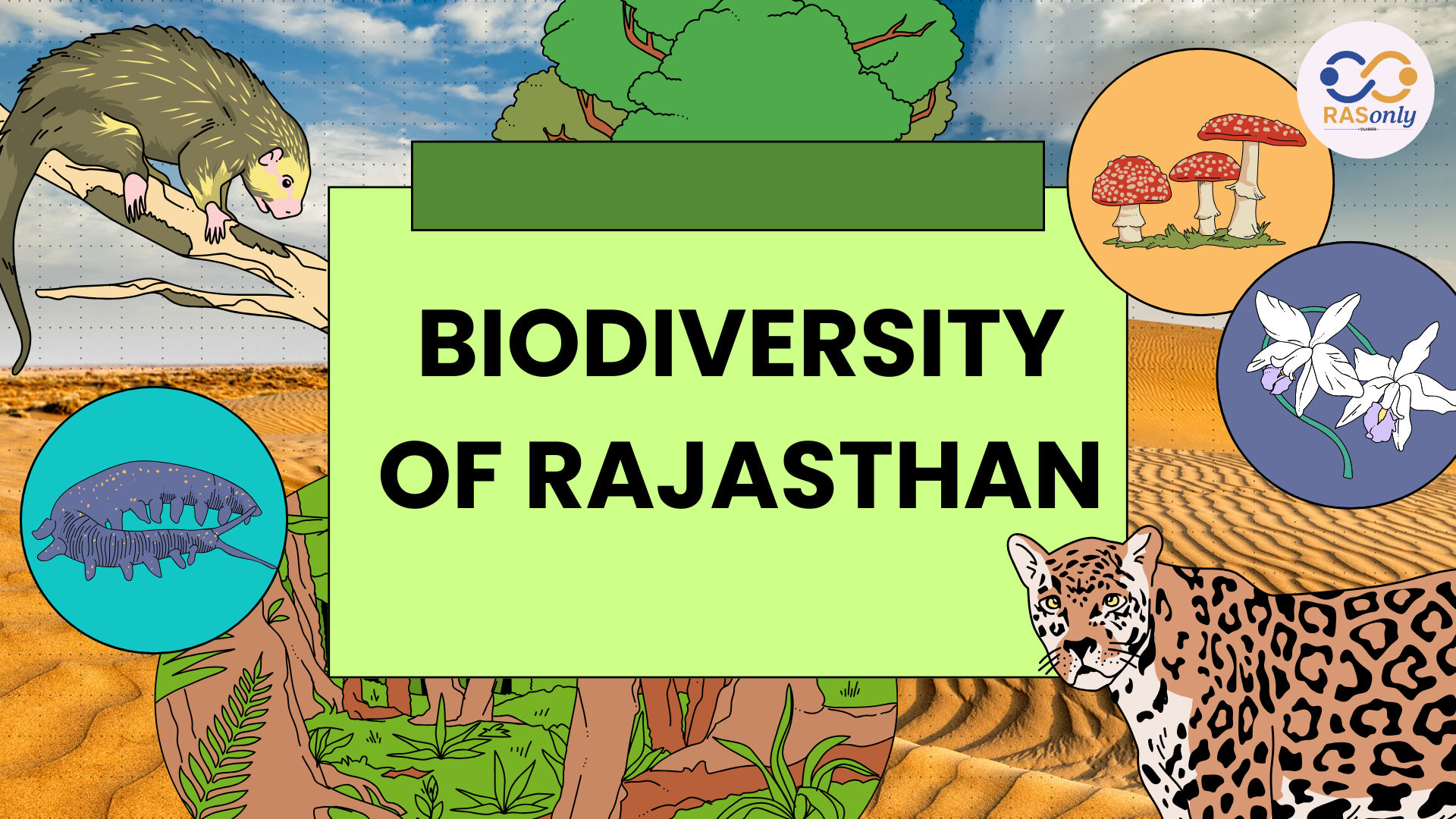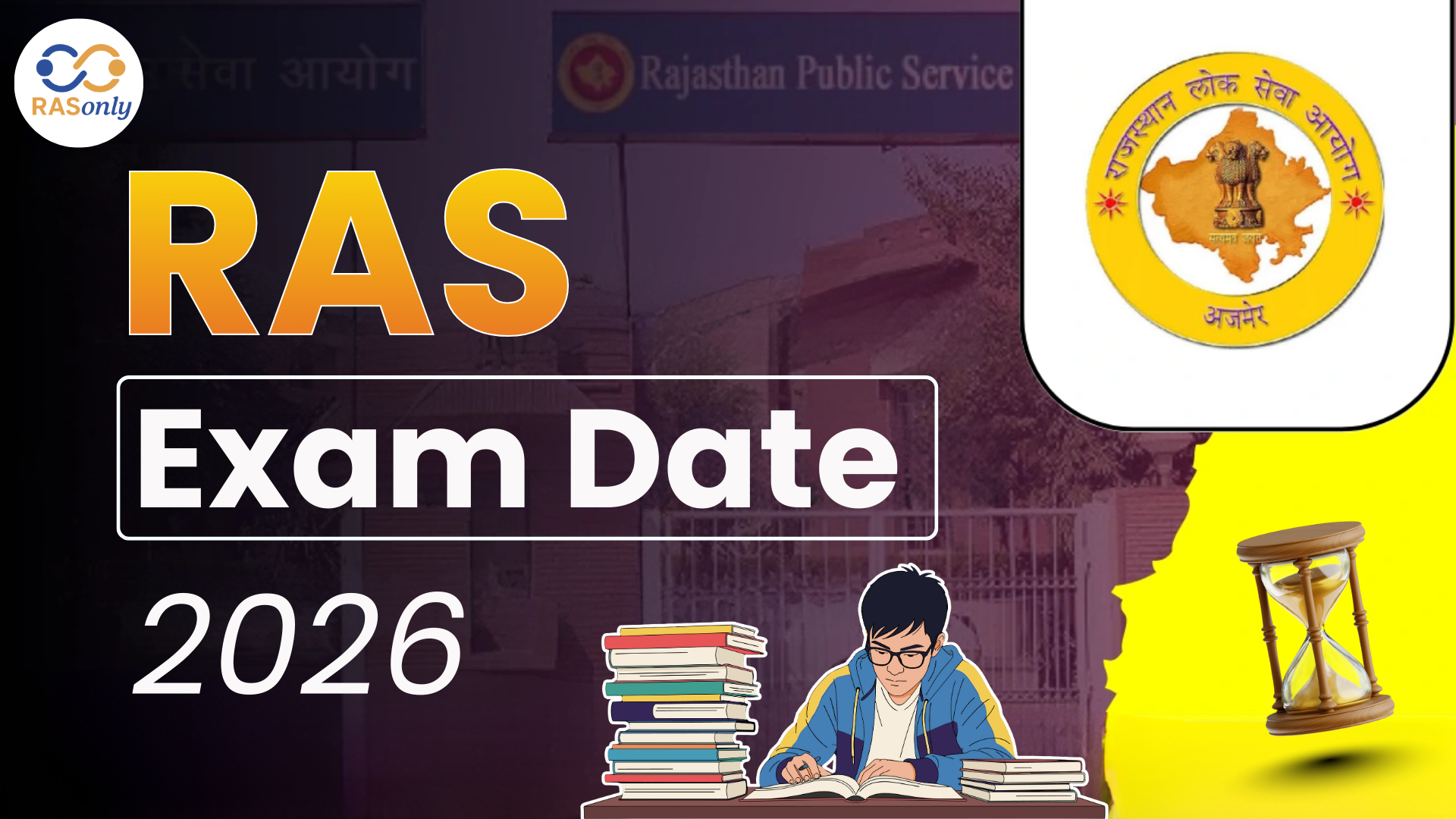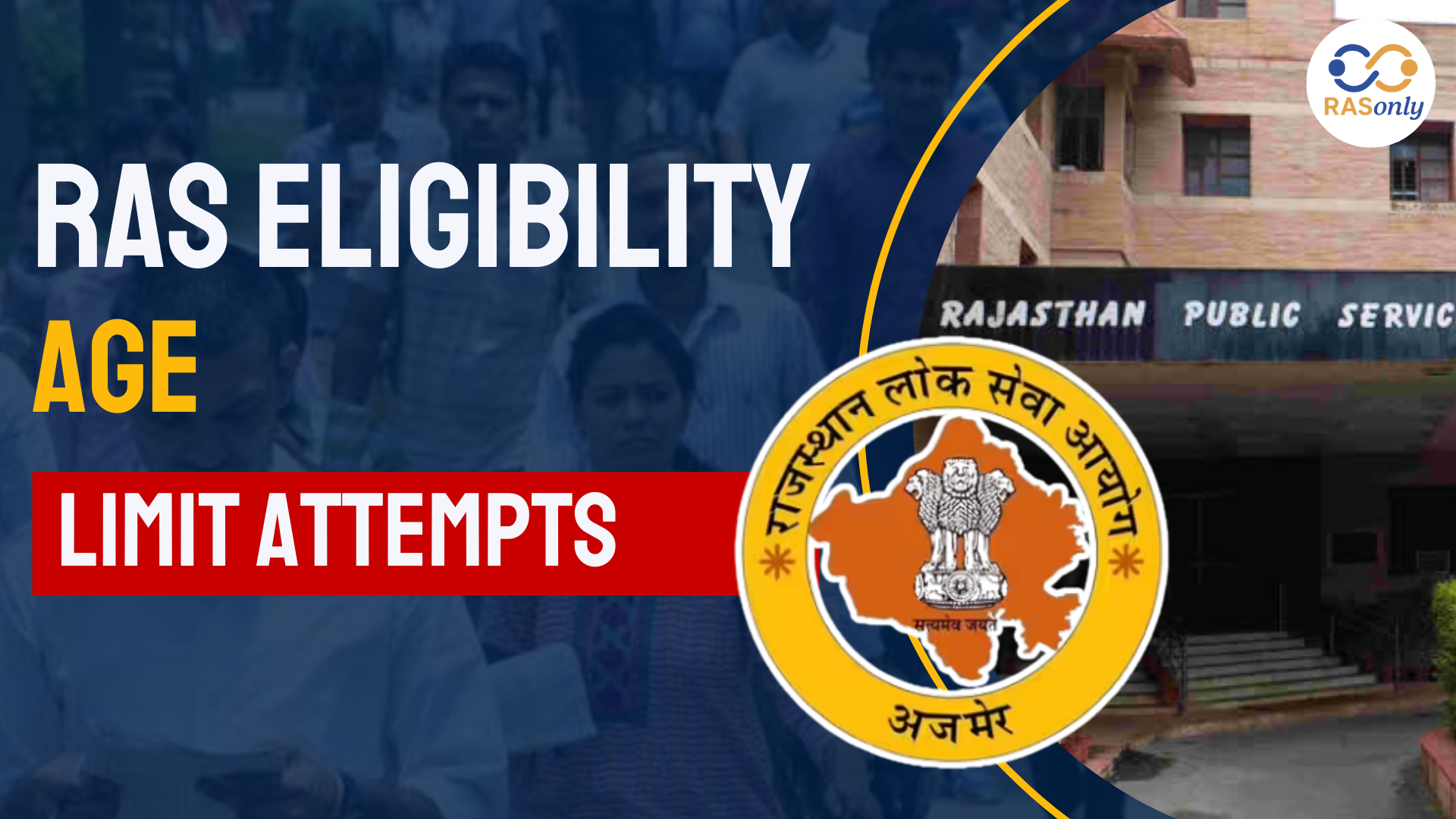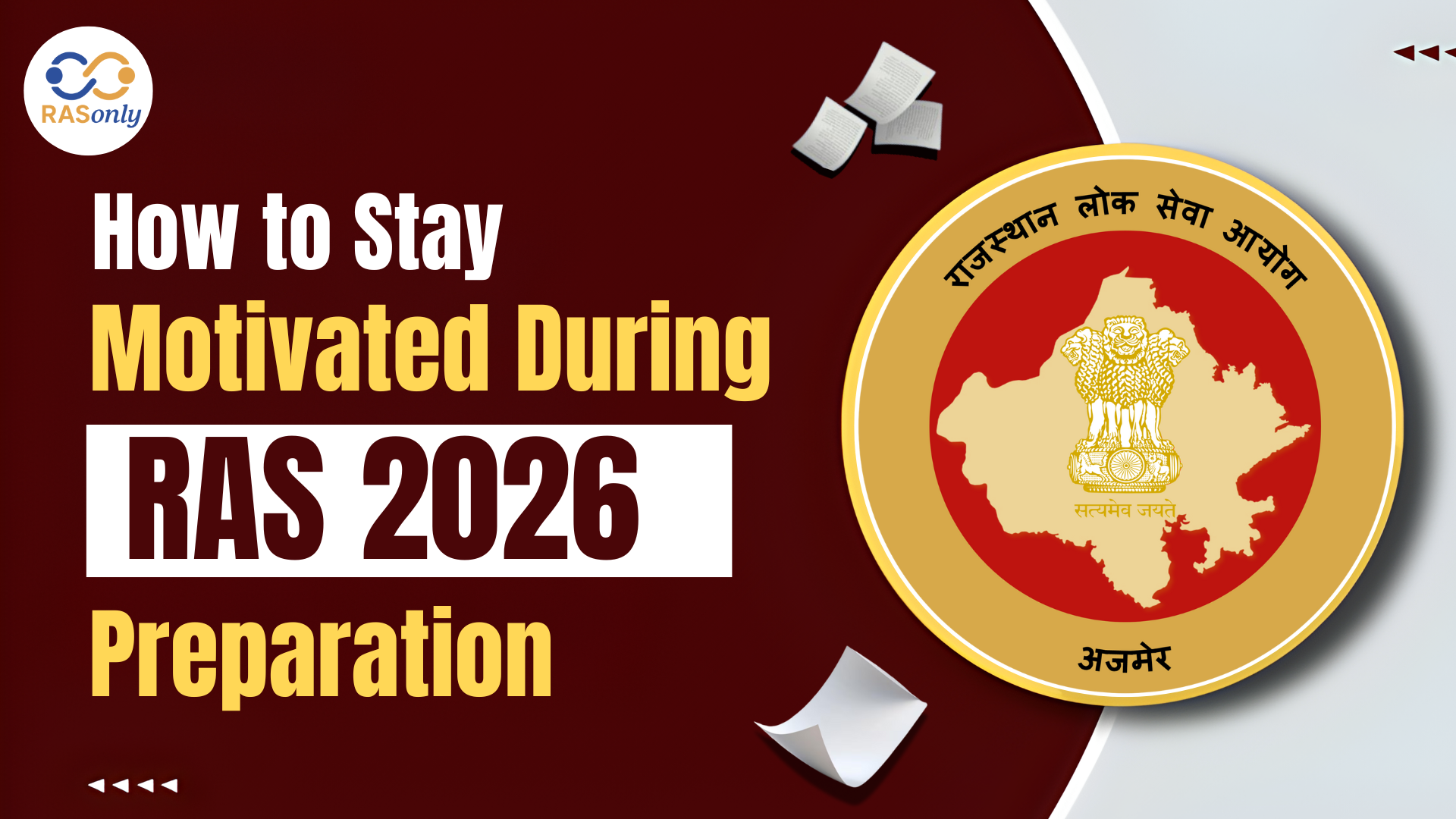RAS Exam Date 2026 for Notification, Prelims, Mains Date
- >
- RAS Preparation Resources
- >
- Biodiversity in Rajasthan
Biodiversity in Rajasthan


Biodiversity is defined as the number of varieties of all life on the planet- ecosystems to genes. Rajasthan has poor rainfall however it has high biodiversity of flora and fauna in the type of desert, mountain, plain and riverine ecosystems that exist in the state. The various types of landscape of the state assist in supporting the rare species that are exclusively adjusted to both the ecology and niche. The important part of conservation is done in Rajasthan to preserve the eco-balance and endangered flora and fauna. Government programs and domestic and international cooperation become highly important in the protection of this biodiversity.
Key Points for RAS Mains
What is Biodiversity?
- Biodiversity refers to the extent of life on the earth on a genetic, species and ecosystem level.
- According to UNEP, it is essential in the resilience and the stability of ecosystems.
- The term is popularized by biologist Edward O. Wilson.
Major Ecosystems of Rajasthan
- 1. The Thar desert or the Desert Ecosystem
- Vegetation: Xerophytes (suitable to dry climate)
- Fauna:
- Chinkara (Indian Gazelle)
- Blackbuck
- Desert Fox
- Desert Rabbit
- 2. Aravalli Mountain Eco-system
- Flora:
- Dhonk, Kerr, Mango, Mailha, & Salar
- Fauna:
- Leopard (Baghera), Bear, Hyena (Girakh), Chausinga, Black Deer
- Flora:
- 3. Eastern Plain Ecosystem
- Rich bird life wetlands and marshes.
- Keoladeo National Park
- Siberian Crane, Pelicans, Egrets and Storks: Migrating Birds
- 4. Southern- Eastern Ecosystem (Vindhya & Hadoti)
- Biodiversity in the water: Crocodiles, Gharials, Freshwater Dolphins, Tortoises, Fish species
Methods of Biodiversity Conservation
- In-Situ Conservation
- Definition: Conservation in natural environments.
- Methods:
- Biosphere Reserves (e.g. Desert Biosphere Reserve)
- National Parks (Ranthambore, Sariska
- Wildlife Sanctuaries
- Ramsar Wetlands (as, e.g. Sambhar Lake)
- Ex-Situ Conservation
- Conservation out of habitats.
- Facilities:
- BotanicalGarden (Udaipur)
- Seed Banks
- Wildlife parks , zoo (Jaipur Zoo)
- Culture Lab
- Aquariums
- Gene Banks
In-Situ vs Ex-Situ Conservation in Rajasthan
|
Method |
Examples |
Description |
|
In-Situ |
Ranthambore NP, Sariska TR |
Protecting species in natural habitat |
|
Ex-Situ |
Jaipur Zoo, Udaipur Botanical Garden |
Protecting species in artificial settings |
Efforts at State Level
- Rajasthan State Biodiversity Board (established: 14th September, 2010)
- Monitors biodiversity, Develop legal instruments
Biodiversity Heritage Sites:
- Wood Fossil Park(Jaisalmer)
- Naag Kalshi (Ajmer)
- Jhunjhunu-Kota-Rajasthan-Jahazar Thadiyaa- Chapoli Manwanata
- Biodiversity Park: Gandhar Forester Park, Udaipur –
International Biodiversity Conservation Efforts
|
Initiative |
Year |
Objective |
|
IUCN |
1948 |
Global monitoring, endangered species list |
|
Red Data Book |
1972 |
Awareness on threatened species; symbol: Red Panda |
|
CITES |
1973 |
Regulates international trade in endangered species |
|
Convention on Biodiversity (CBD) |
1992 |
Conservation, sustainable use, and equitable benefit-sharing |
|
National Green Tribunal (NGT) |
2010 |
Legal authority to handle environmental and biodiversity-related disputes |
India 4 Biodiversity Hotspots
- Eastern Himalayas: Red Panda, Snow Lion, orchids endemic
- Western Ghats: UNESCO site, endemic species rich.
- Indo-Burma Region: Freshwater and Tropical rainforests diversity
- Sundaland (Nicobar Islands): Marine life, Terrestrial life
Day of Biodiversity
- International Biodiversity Day- 22 May
- UN Biodiversity Decade: 20102020, to curb loss of biodiversity in the world
Conclusion for RPSC
Biodiversity of Rajasthan indicates the wealth of the Indian ecological legacy. Through dedicated initiatives in conservation and international collaboration this diversity can be passed down to future generations. The awareness of the masses, legal assistance and scientific rescue will continue to be the main points of success.
Also Read: Tribes of Rajasthan
Also Read: Rivers,Lakes & Dams of Rajasthan
FAQs about RPSC RAS
- Ranthambore National Park (Tigers)
- Sariska Tiger Reserve
- Desert National Park (Great Indian Bustard)
- Keoladeo National Park (World Heritage Site for birds)
- Tal Chhapar Sanctuary (Blackbuck and migratory birds)
Post Category
- RAS Salary
- Result
- RAS Admit Card
- RAS Job
- RAS Cutoff
- Preparation Tips
- RAS Answer Key
- RAS Exam Analysis
- RAS Syllabus
- RAS Previous Year Papers
- RPSC RAS Exam Pattern
- RAS Interview
- RAS Mains Exam Date
- RAS Vacancy
- RAS Test Series
- RAS Best Books
- RAS Preparation Resources
- RAS Coaching Centre
- History
- Polity
- Geography
- Economics
- Science
- Art and Culture
- RPSC RAS Application Form
- RPSC RAS Notification
RASonly Interview Guidance Program

Mr. Ashok Jain
Ex-Chief Secretary Govt of Rajasthan
- IAS officer of the 1981 batch, Rajasthan cadre.
- Passionate about mentoring the next generation of RAS officers with real-world insights.
- Got retired in Dec 2017 from the post of Chief Secretary of the state of Rajasthan.

Mr. Guru Charan Rai
Ex-ASP / SP in Jaisalmer
- Guru Charan Rai, IPS (Retd), retired as Inspector General of Police (Security), Rajasthan, Jaipur in 2017.
- Served as ASP and SP in Jaisalmer, Nagaur, Sri Ganganagar, Sawai Madhopur, Dausa, Sikar, and Karauli.
- He also held key positions as DIGP and IGP in the Law and Order division.

Mr. Rakesh Verma
Ex-IAS Officer, B.Tech, MBA, and M.A. (Economics)
- IAS officer of the 1981 batch and retired in Chief Secretary Rank.
- Civil servant of high repute and vast experience.
- Has been teaching UPSC CSE subjects for the last six years.
Related Post
👉🏻 Register Today to Join Classes! 👍🏻
- Team RASOnly -
🎯 Benefits of RASOnly Coaching:
- ✅ 1:1 Mentorship with RAS Officers
- ✅ Experienced and Expert Faculty
- ✅ Free Library Access
- ✅ Daily Minimum 4 Hours Must
- ✅ Comprehensive Study Material
- ✅ Regular Tests & Performance Analysis
- ✅ Personalized Guidance & Doubt Solving
- ✅ Online & Offline Class Options
- ✅ Affordable Fees with Quality Education
Key Highlights:
- 👉🏻 3-Day Refund Policy
- 👉🏻 New Batch Starting from 04 August
- 👉🏻 Registration Amount: Only ₹1000





